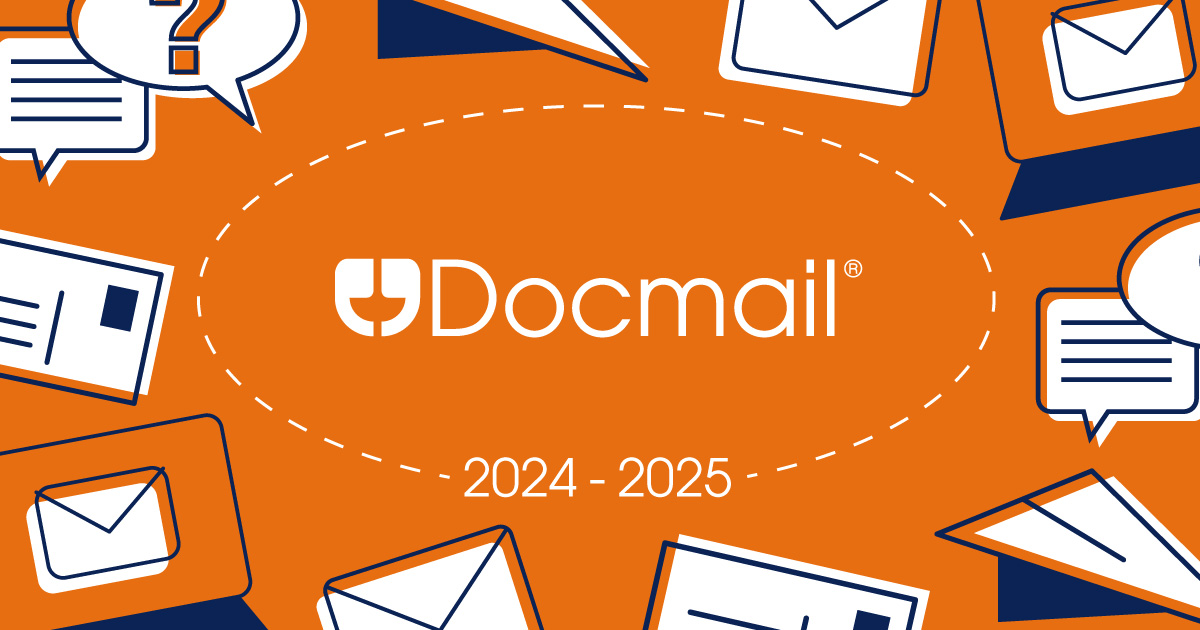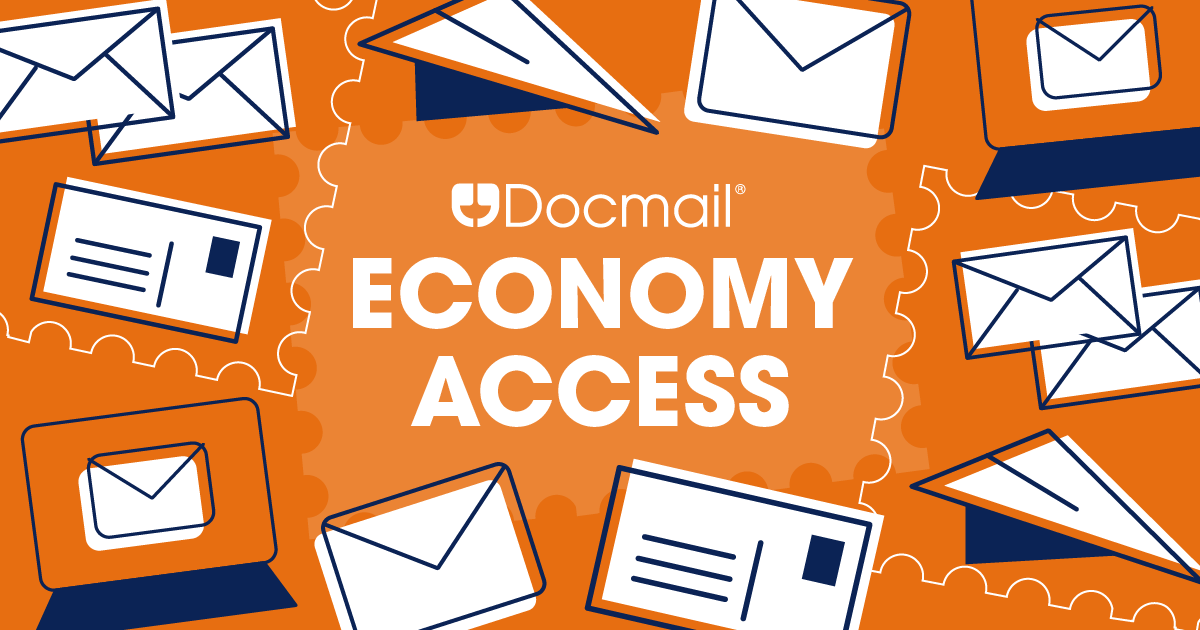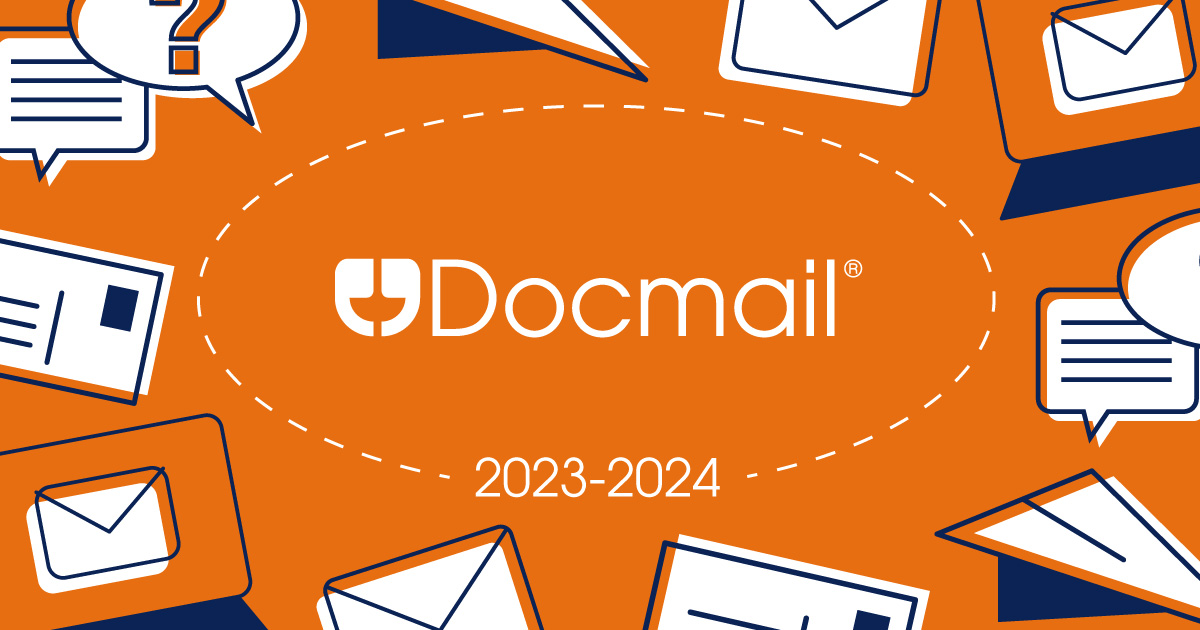The public sector has seen a surge in hybrid mail communications, but how does it compare to traditional direct mail?
Understanding the differences between direct and hybrid mail can be challenging, especially as the two essentially overlap.
In this article, we’ll dive into hybrid and direct mail, and the unique ways they affect communication strategies. We’ll also discuss the ways hybrid mail can benefit direct mail and how to implement it.
This tends to be a point of confusion for many organisations because both modes of communication overlap. Here’s the simplest breakdown of the two:
Sending direct mail traditionally involved a more “do it yourself” approach, such as renting physical printers, stuffing envelopes in-house, and posting from the organisation itself.
Then hybrid mail came along, and it became a new (and arguably better) process of sending direct mail. Hybrid mail enables a smooth and cost-effective delivery of many types of communications, including traditional printed direct mail.
Additionally, hybrid mail can deliver direct mail on a smaller scale. Organisations can send targeted mail in small volumes, at a better cost rate, all through secure online software.
When choosing hybrid mail solutions, organisations are usually focused on increasing efficiency in their communications strategies. They want a one-stop shop for their outreach materials that allows them to not only send post different types of communication but also track analytics and focus on inbound approaches alongside.
Choosing hybrid mail means that your organisation will have a partner who takes care of everything from printing, enclosing, and posting documents, to following up with digital communications, all within a secure framework.
Click here for our article about How Hybrid Mail Works.
Before setting up a direct mail campaign with hybrid software, you need to have a clear understanding of your organisation’s communication goals.
The first step is to create and follow a strategy. This begins with understanding your audience. What communications methods do they most engage with? Will they be more likely to open an email or a letter? What types of actions do you want them to take after reading?
Another consideration is your goal for the campaign. For example, email readers might have an easier time following any calls to action, as they would likely only need to click and type. However, posted mail in a communicative envelope is more likely to be opened and read.
Managed hybrid mail, through the right provider, can give you the best of both worlds. It allows you to work with a professional provider with accredited experience that can offer the perfect blend of media channels. They’ll help you engage with audiences in a clear, concise, and effective way to drive the desired results.
This is especially useful for public sector organisations wanting to continue focusing on traditional printed communications. It gives you the advantage of both expertise and an approach tailored to your goals.
The right provider will work with you to understand what you need and recommend a way to make it happen in a completely seamless workflow. This allows you to maintain your customised communication strategy while still getting all the benefits of managed hybrid mail.
Fully accredited managed hybrid communications providers can help you deliver the right direct mail, at the right time. They can offer customisable communications packages that allow public sector organisations to streamline their workflows while maintaining the quality of both their printed and digital mail.
To learn more about how hybrid mail works, including how to find the right provider, download our free ebook: The Public Sector Guide to Choosing A Hybrid Communications Partner.


Structured Credit Communications For Leading Agri-Food Organisation
Surrey County Council Sought to Optimize Print/Post Services Across Departments. We Helped Transform Their Services With Our Industry Expertise.
The block management software providers at Blocks Online experienced considerable growth upon integrating a reliable mailing method and API connection.
Keen to adopt a more efficient way of printing, packing and posting their time-sensitive paper communications, High Mill has embraced the Docmail Print Driver.
Simplified Patient Communication For Lung Health Check Programme






Fife-based Electricity Asset Services, specializing in electrical and civil engineering, employs CFH's Docmail system for improved communication with Scottish Power and staff.















